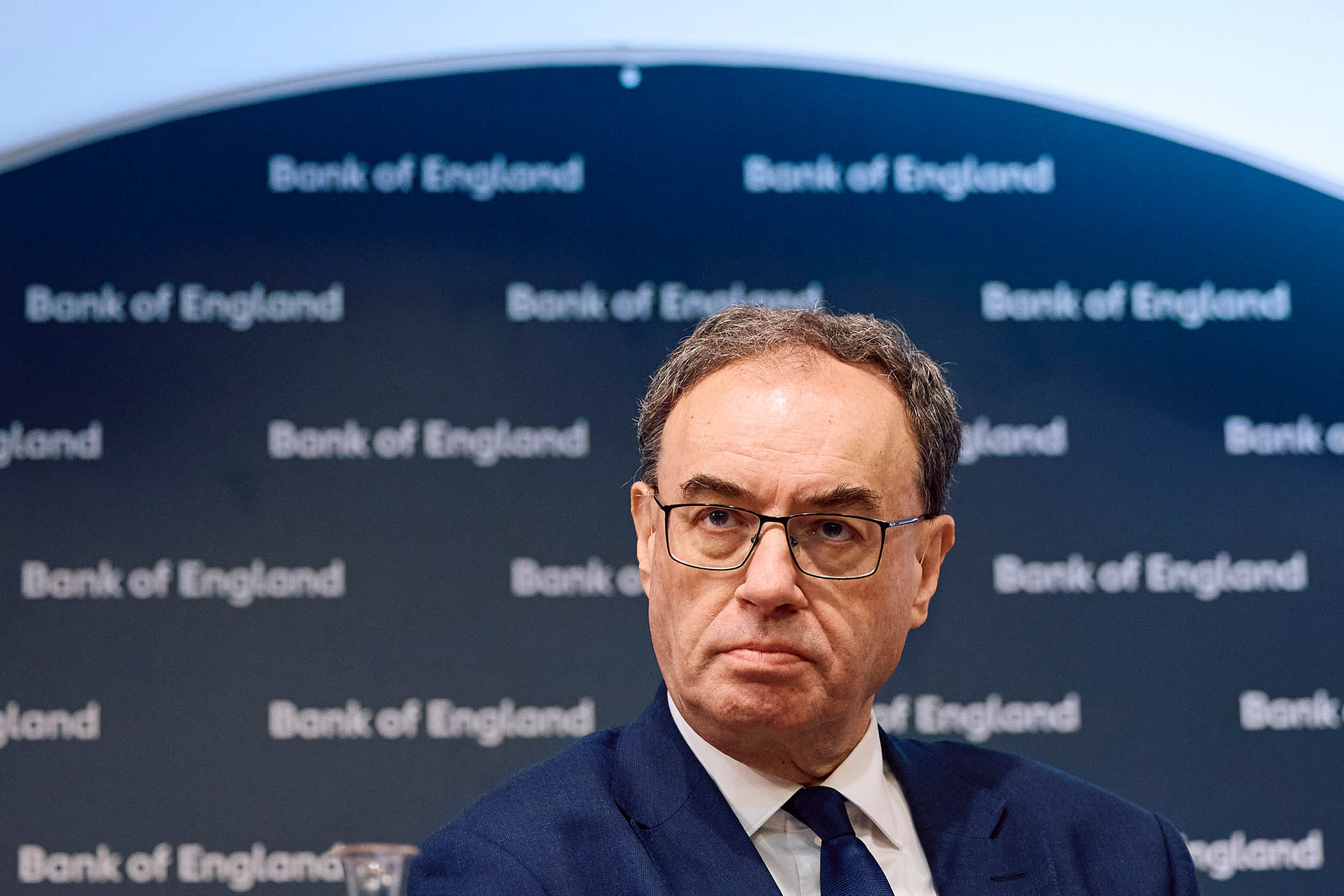A workshop for decorating “spook-tacular money boxes” is the hot Halloween ticket this year at the Bank of England Museum. But judging by the distressing sounds emanating from the Bank’s bosses, the Old Lady herself may be getting spooked – by nightmarish visions of what fate might befall today’s booming private credit markets, and how that might imperil the entire financial system.
Andrew Bailey, the Bank’s governor, said in testimony to the House of Lords last week that alarm bells are ringing over private lenders’ “slicing and dicing” of loan structures similar to those that precipitated the 2008 financial crisis. He is not alone in his fears, especially after the sudden failure this month of two US companies, First Brands and Tricolor, backed by private credit. “When you see one cockroach, there are probably more,” JP Morgan boss Jamie Dimon warned, as he fretted over the growth in lending by pools of private capital such as hedge funds, whose risk-taking is regulated less conservatively than that by banks.
Bailey said a lack of transparency means even he doesn’t know how much risk is in loans by the “shadow banking” sector – and thus how worried he should be, especially if the mainstream banking sector is seriously exposed to private-credit risk. He is considering conducting stress tests on the financial system to find out how fragile it is. So far, the big private-credit blow-ups have been in the US, but if Britain’s shadow banks were caught out, the system-wide consequences could be greater here than in the US because our financial system is much more concentrated.
Perhaps Bailey and other financial regulators have learned from past periods of rising shadow bank risk. By speaking up now, they are getting ahead of the problem early. All too often, as in 2008, warnings from regulators come only when it is already too late.
Photograph by Benjamin Cremel/Getty
Related articles:



